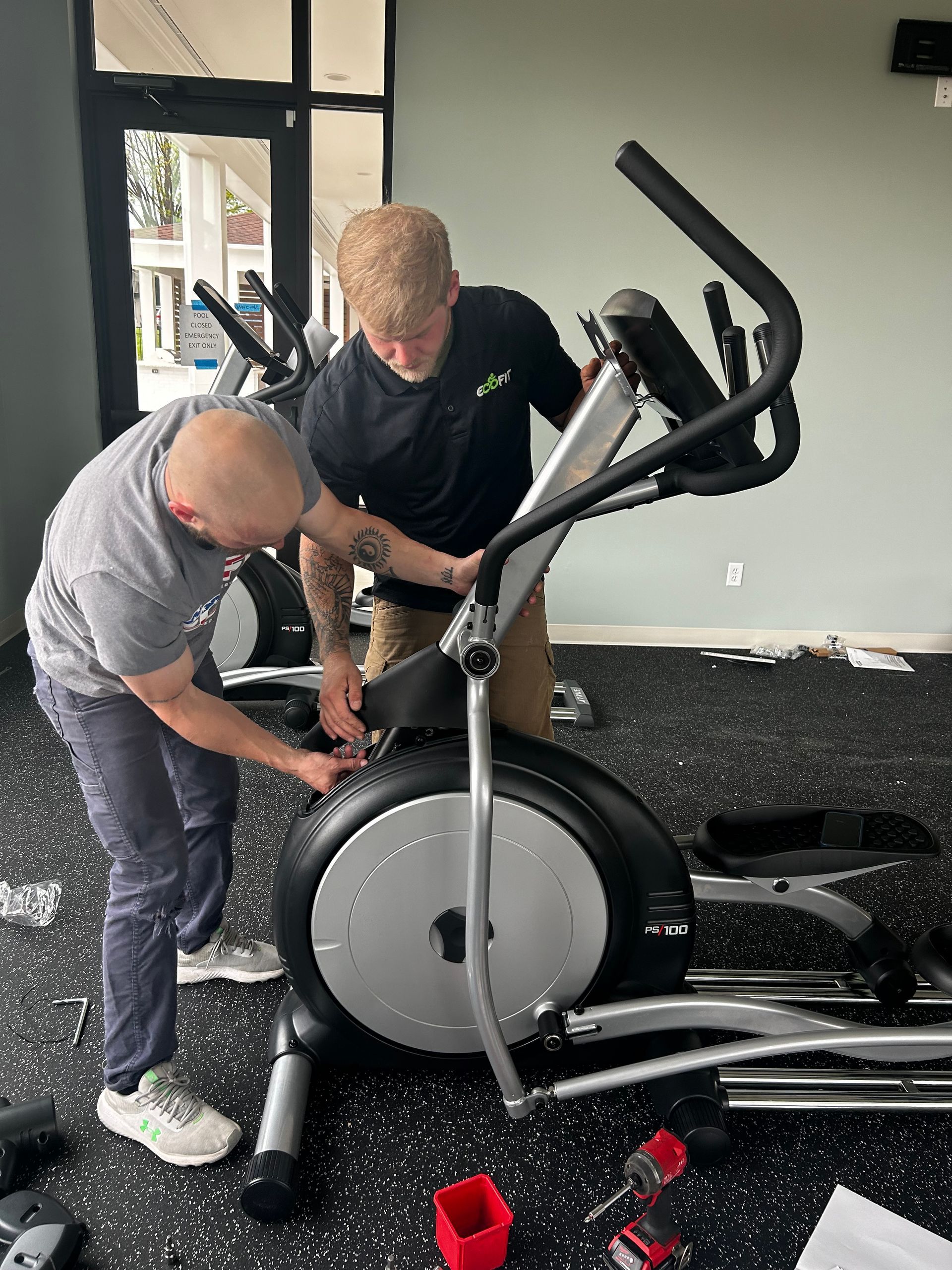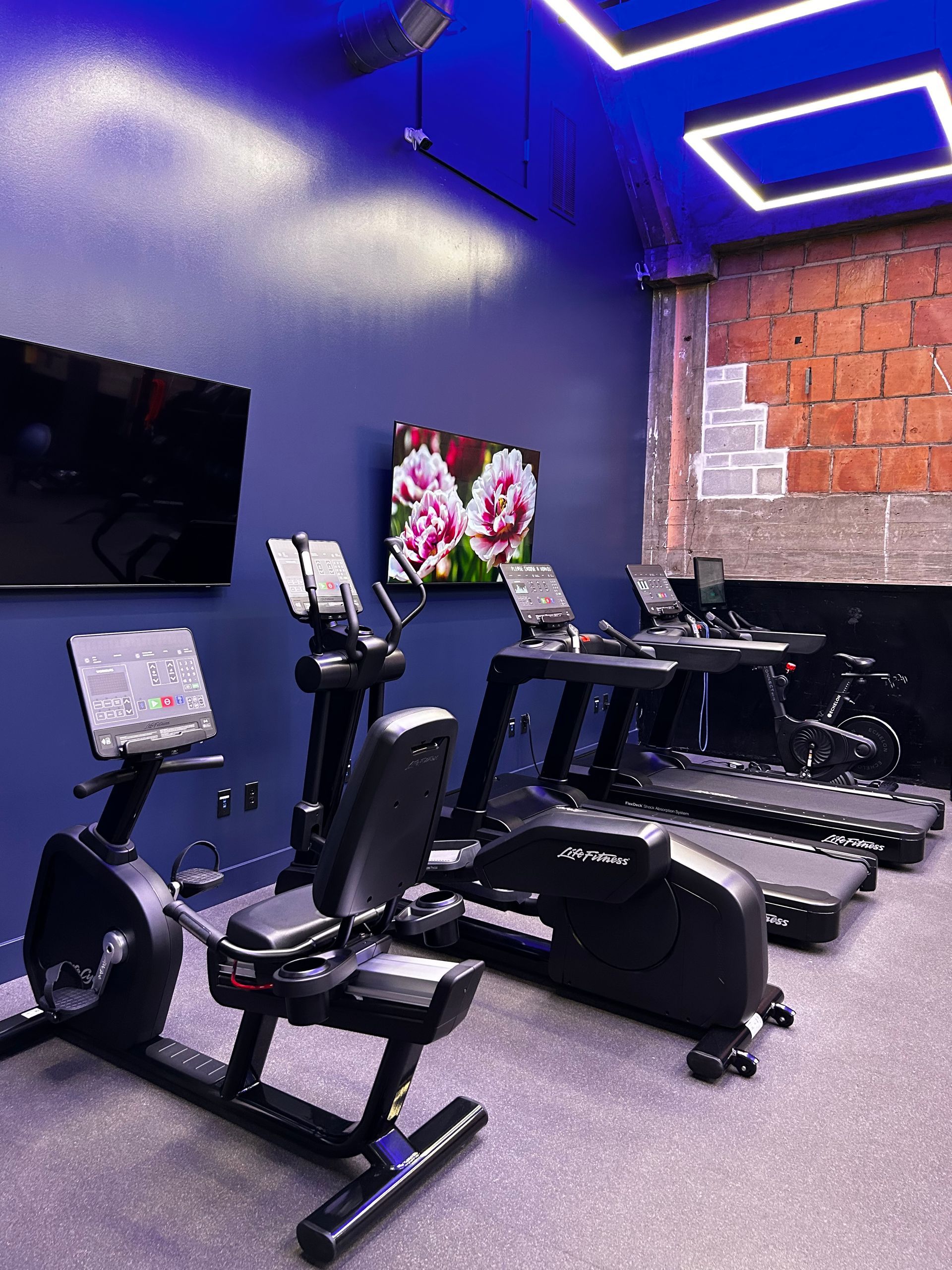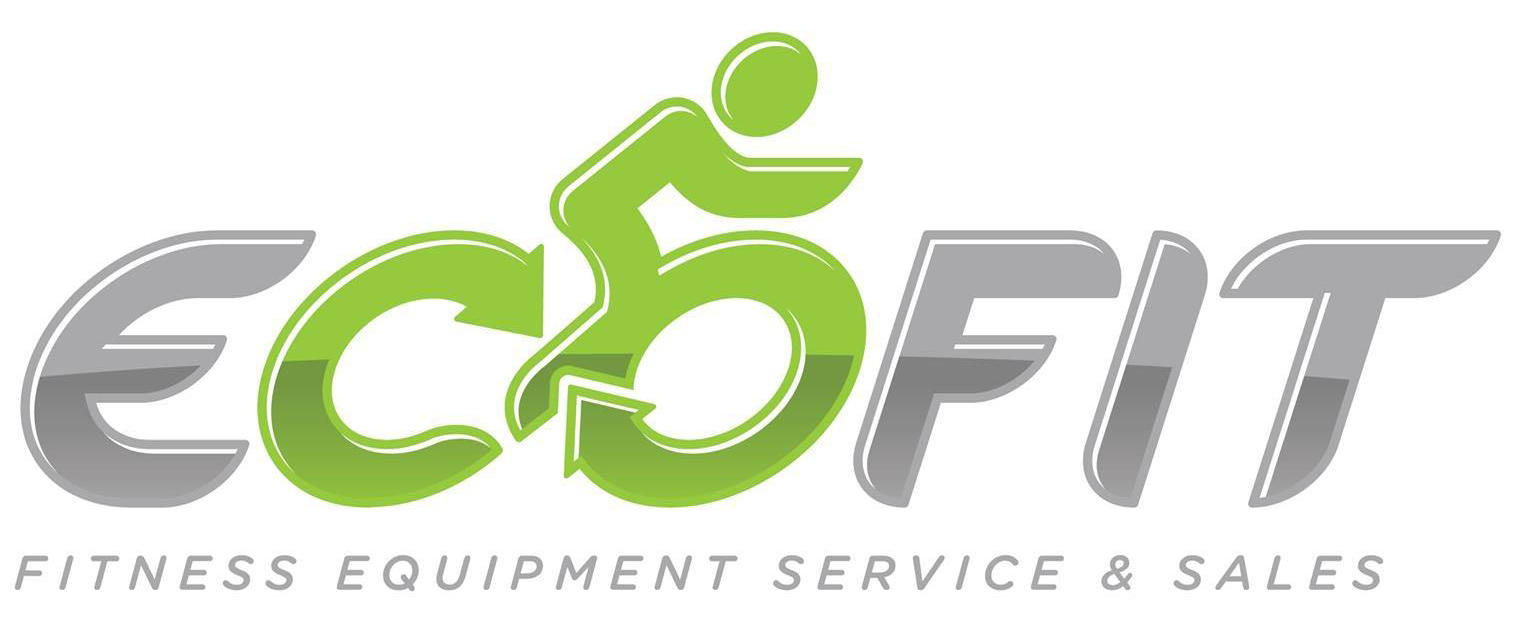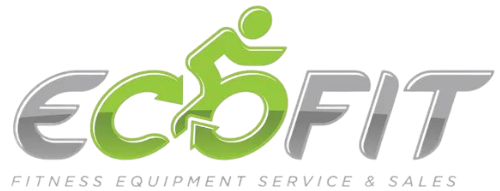The True Cost of Neglecting Gym Equipment Maintenance
Running a gym in the St. Louis area means providing top-tier equipment and a safe, welcoming environment for your members. But what happens when maintenance is overlooked? The reality is that neglecting gym equipment maintenance can lead to costly repairs, unexpected replacements, and even safety hazards that could harm your reputation.
The Hidden Costs of Poor Maintenance
When gym owners think about expenses, they often focus on upfront costs—buying new equipment, hiring staff, and marketing to attract members. However, one of the biggest hidden costs in the fitness industry is the price of neglecting maintenance. Small issues, like a slightly fraying cable or a treadmill belt that isn’t properly lubricated, can escalate into major problems.
For example, imagine a popular fitness facility in St. Louis that ignored minor issues with their strength training machines. Over time, worn-out cables snapped during use, leading to a member injury. Not only did this result in a hefty liability claim, but the gym also suffered from negative online reviews and decreased member retention. All of this could have been avoided with routine preventative maintenance.
The Financial Burden of Emergency Repairs
Equipment breakdowns don’t just happen—they build up over time. The difference between a minor repair and a total equipment failure often comes down to how quickly the issue is addressed. When gym equipment isn’t regularly maintained, small malfunctions can turn into major breakdowns, leaving gym owners scrambling for expensive emergency repairs.
In the St. Louis area, fitness centers that ignore maintenance often find themselves paying top dollar for last-minute technician visits and replacement parts. Treadmill motors, elliptical drive belts, and weight stack pulleys are all expensive components to replace. A single emergency repair can cost as much as a full year of preventative maintenance services.
Equipment Replacement: An Avoidable Expense
Many gym owners assume that replacing outdated equipment is an inevitable business expense. While it’s true that all machines have a lifespan, neglecting maintenance drastically shortens that lifespan.
Consider this: a well-maintained treadmill can last 10-12 years, while a neglected one may need replacing in as little as five years. That’s double the cost simply because of poor maintenance habits. Investing in preventative maintenance means getting the most out of your existing equipment before resorting to costly replacements.
Real-World Examples of Preventative Maintenance Saving Money
Gyms that prioritize regular maintenance see a significant reduction in expenses over time. One St. Louis-based fitness club implemented a routine maintenance plan and saw a 40% decrease in repair costs over three years. By scheduling monthly inspections, lubricating moving parts, and replacing worn-out cables before they snapped, they avoided large-scale breakdowns and kept their equipment running smoothly.
Another case study involves a franchise gym in Missouri that was experiencing frequent treadmill failures. After partnering with a maintenance provider, they extended the lifespan of their machines by 30%, saving thousands of dollars in premature replacements. Their investment in proactive servicing paid off by reducing downtime and ensuring members had a consistent workout experience.
How Preventative Maintenance Saves Money in the Long Run
Regular maintenance isn’t just about fixing problems—it’s about preventing them from happening in the first place. Here’s how a solid preventative maintenance plan can lead to long-term savings:
- Reduced Repairs: Small issues are caught early before they turn into costly emergencies.
- Extended Equipment Lifespan: Machines last longer when they are properly maintained, reducing the need for replacements.
- Lower Liability Risks: Well-maintained equipment reduces the risk of injuries, protecting your gym from lawsuits.
- Consistent Member Experience: When machines are in top condition, members stay happy and loyal.
- Improved Reputation: A gym that prioritizes maintenance builds trust with its members, leading to better reviews and more referrals.
EcoFit Equipment: Your Partner in Preventative Maintenance
At EcoFit Equipment, we specialize in keeping gyms throughout St. Louis running smoothly. Our preventative maintenance programs are designed to catch potential issues before they turn into major expenses. From regular inspections to emergency repairs, we ensure that your equipment stays in peak condition, so you can focus on growing your business.
Don’t let neglect cost you more in the long run. Investing in preventative maintenance is one of the smartest decisions you can make for your gym. Contact EcoFit Equipment today to set up a maintenance plan that keeps your fitness facility running at its best!






